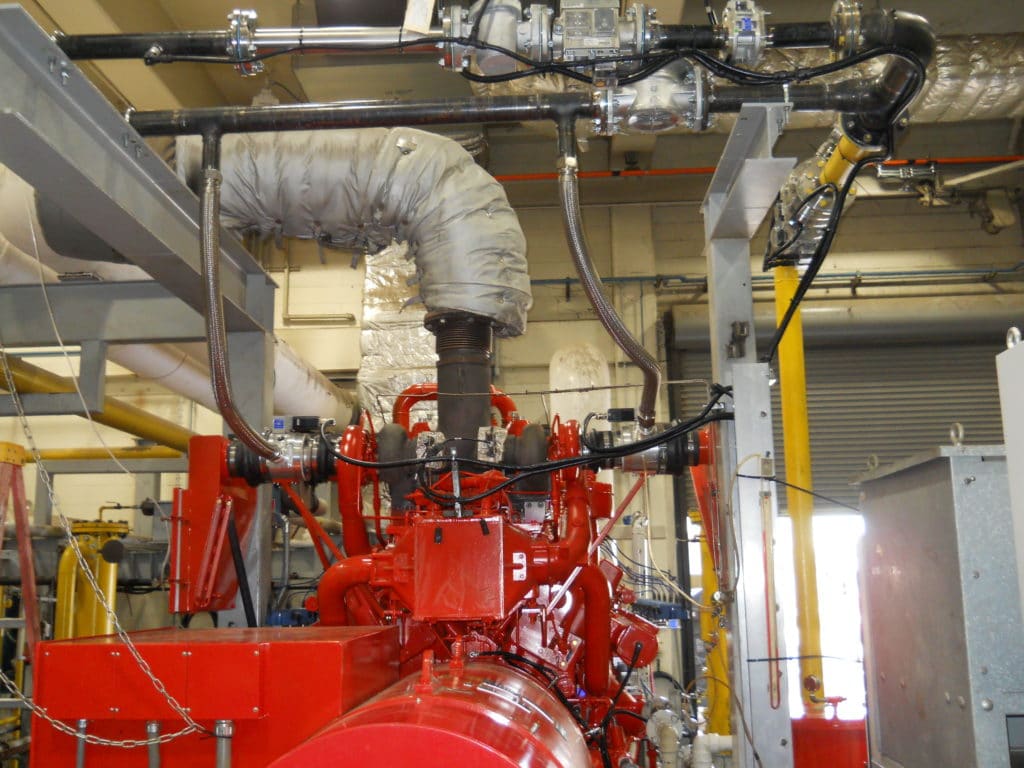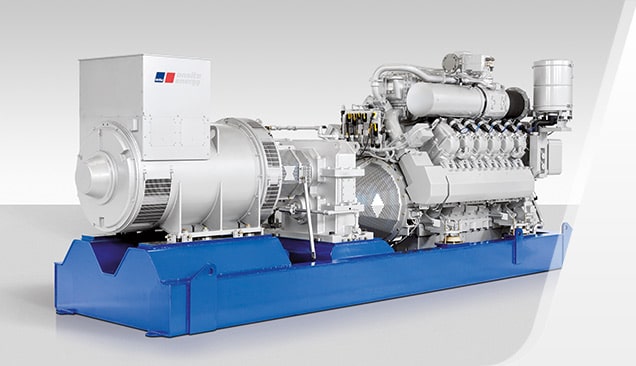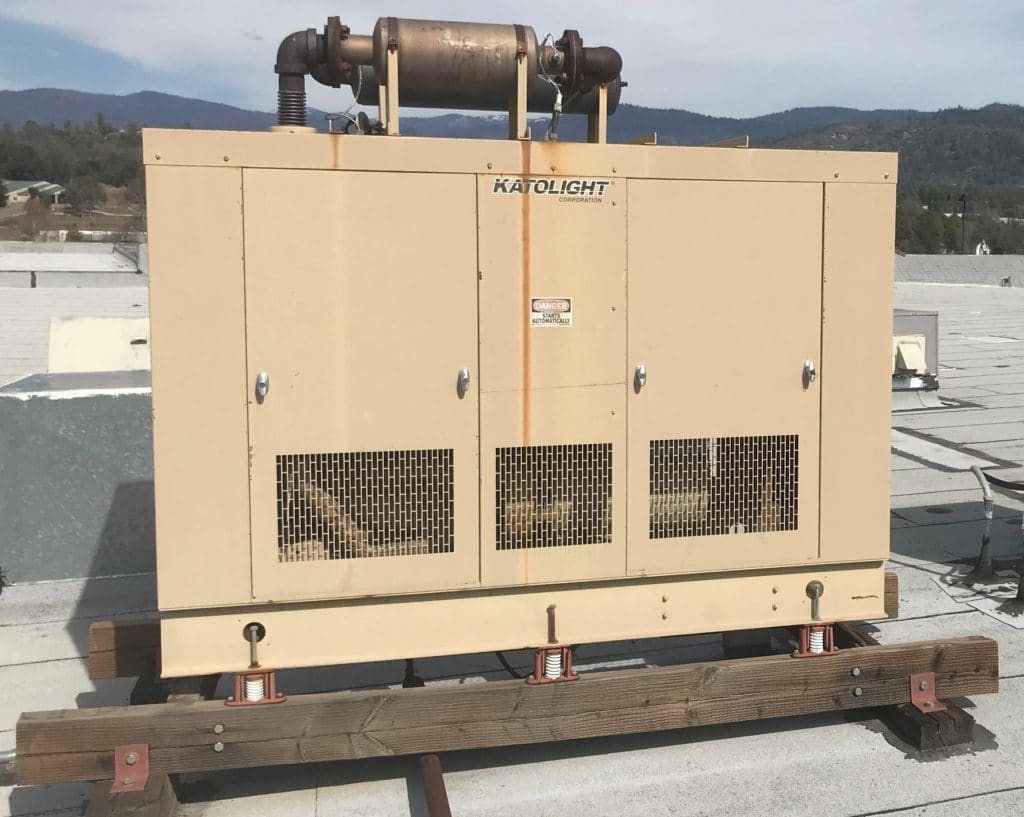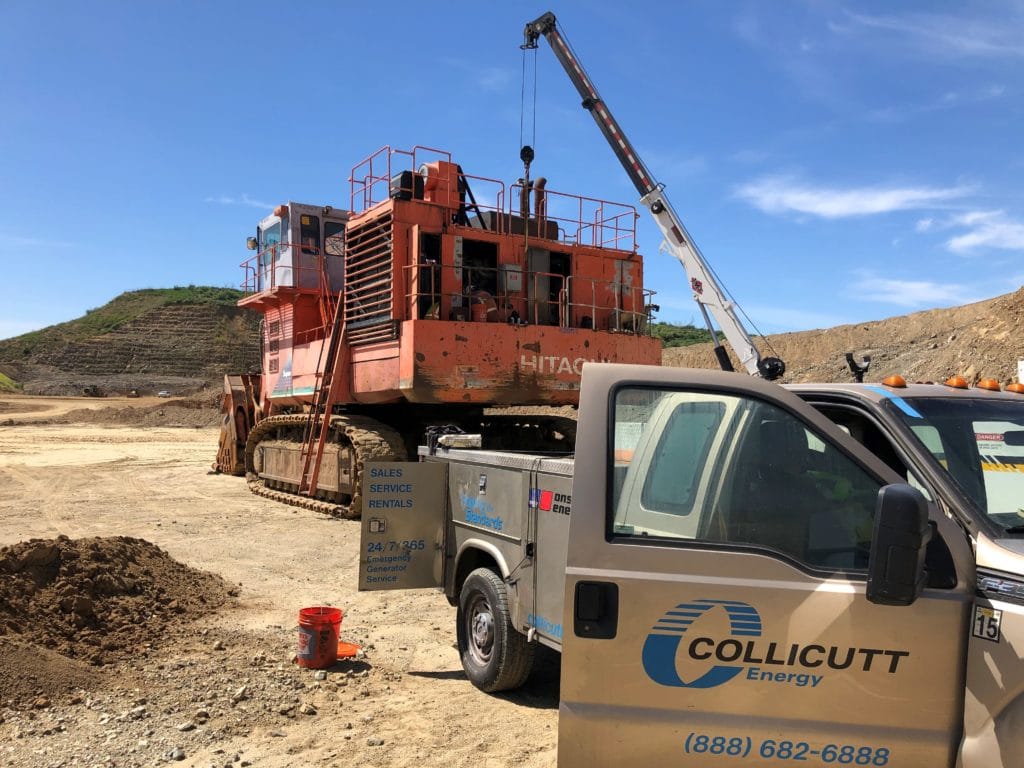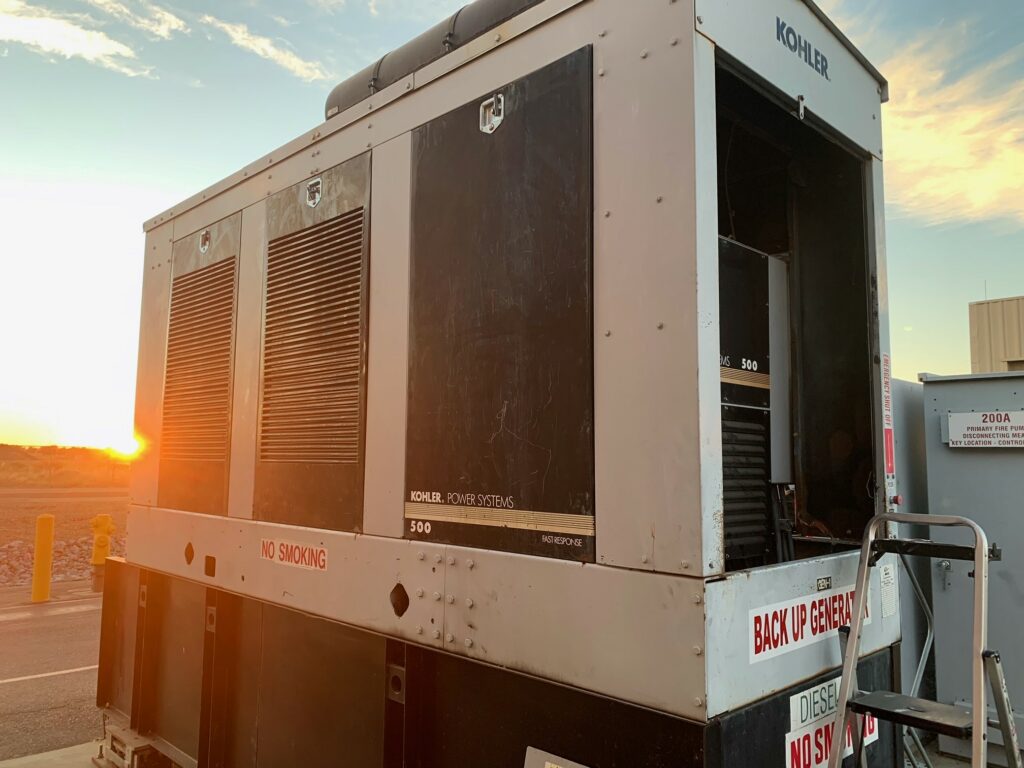One of the big takeaways from the unprecedented events of this last year is the requirement to work remotely, often with limited access to our facilities. This can pose major challenges when our power generation equipment is onsite and our operations and maintenance teams are working from home!
It has become more important than ever to have a cost effective solution that provides peace of mind that our power generation needs can be met without being onsite.
To meet this need, Collicutt is pleased to announce the release of our secure, internet based, Remote Monitoring Solution. With this solution you can monitor your power generation equipment from anywhere in the world through a secure internet connection. The solution provides up to date status conditions for critical points as well as alarm indications for conditions that may compromise your units ability to provide power during a power outage.
We offer three levels of service as shown in the graphic below and would be happy to discuss this solution with you in detail!

Call or email us for details on how we can get you set up!
Collicutt Energy Services – Powering tomorrow through unrivaled solutions today!
1-888-682-6888 or info@collicutt.com



